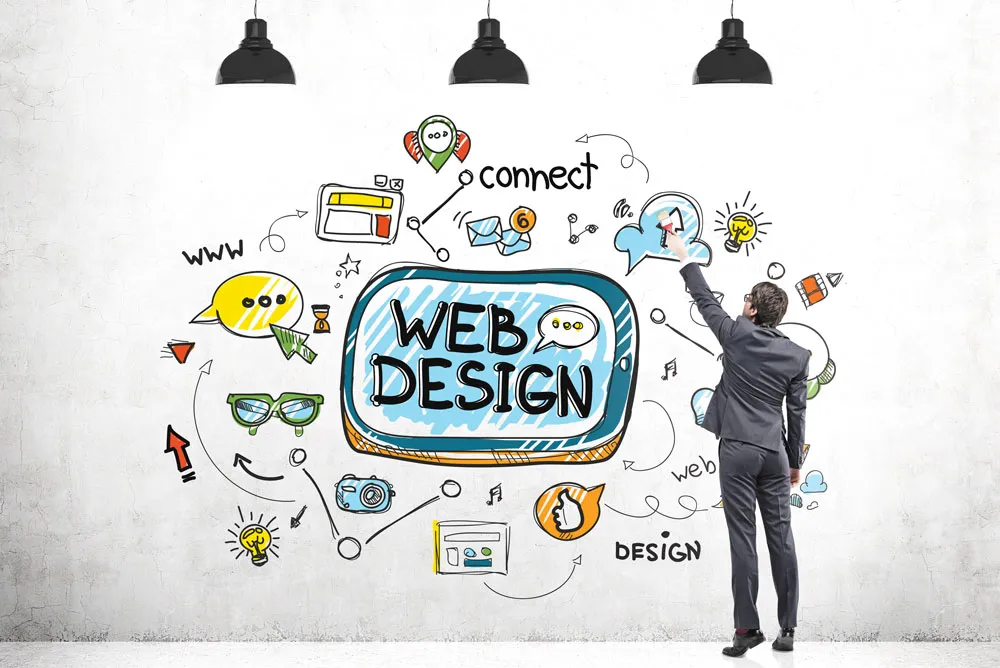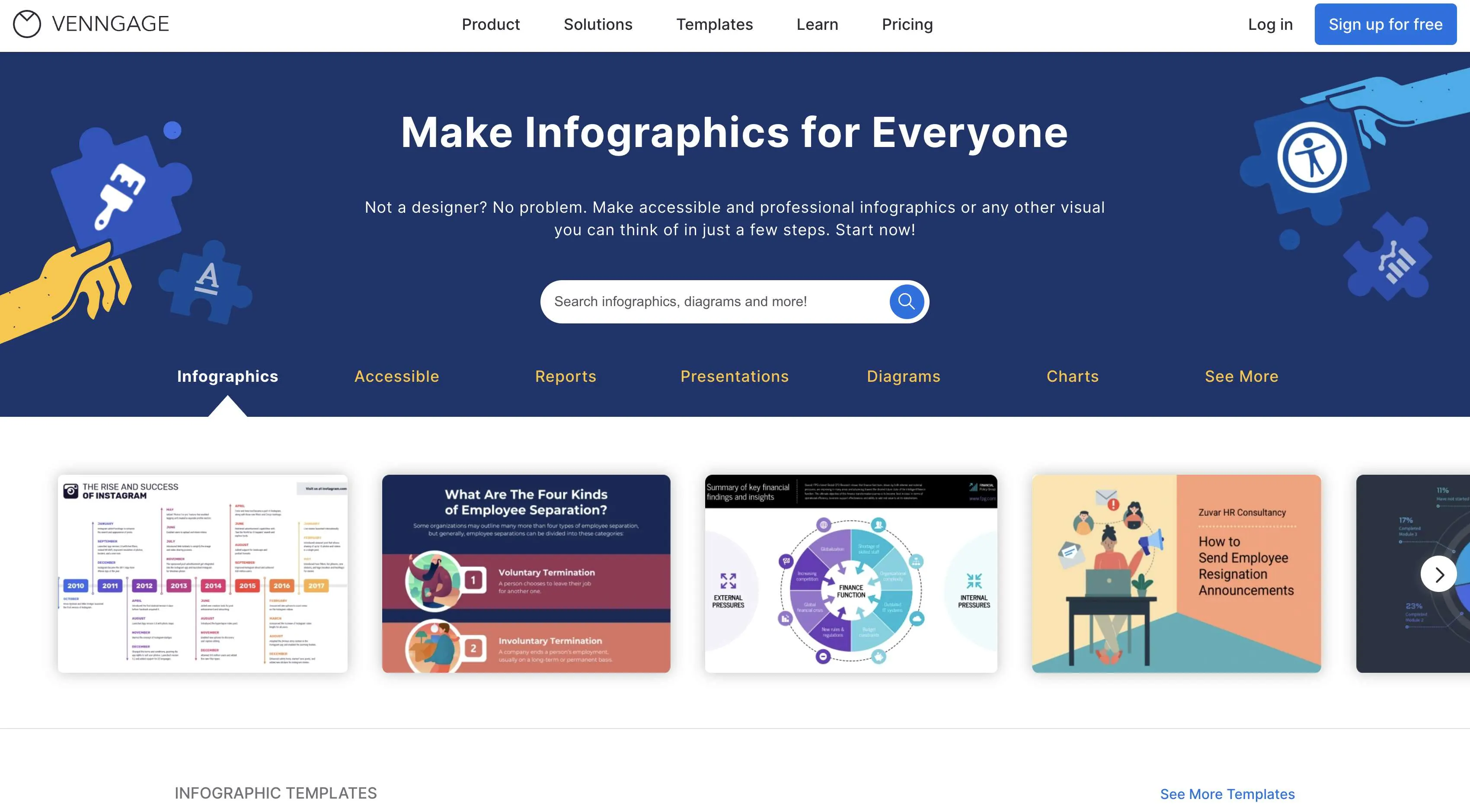The Influence of Individual Experience on Effective Web Design Gauteng
Wiki Article
Discovering Various Kinds Of Web Style to Improve Customer Experience
In the ever-evolving electronic landscape, the exploration of varied web layout techniques is extremely important for enhancing customer experience. Integrating interactive elements more enhances the customer journey, making sites more appealing and dynamic.Receptive Website Design
In an age where electronic intake goes beyond numerous tools, receptive website design has actually come to be a cornerstone of effective customer experience. The ubiquity of smart devices, tablets, and differing display dimensions necessitates sites that adjust seamlessly to any kind of display. Responsive website design (RWD) utilizes flexible formats, liquid grids, and media questions to make certain that websites render effectively, offering optimum use across gadgets. This adaptability not just improves visual appeal but additionally improves accessibility and navigation, crucial for maintaining user involvement.The execution of RWD begins with a mobile-first method, prioritizing the tiniest display size to guarantee functionality and aesthetic coherence. By making use of CSS media queries, designers can tailor the site's appearance based on the attributes of each tool. This ensures that images scale correctly, text remains readable, and interactive components are conveniently obtainable, consequently lowering the demand for excessive scrolling or resizing.
Furthermore, responsive design adds to improved search engine optimization (SEO) by providing a consistent user experience and reducing bounce prices. Online search engine prefer mobile-friendly websites, making responsiveness an integral part of electronic method. Basically, responsive web design is essential for accommodating varied customer communications, promoting a inclusive and engaging on the internet existence.
Minimalist Design Approaches
Minimalist layout's appeal lies in its ability to boil down intricate info into its most essential components, producing a uncluttered and instinctive individual experience. By focusing on simpleness, minimalist layout gets rid of supplementary details, permitting individuals to concentrate on core web content and capability. This method is identified by adequate white space, tidy lines, and a minimal color palette, every one of which add to a cosmetically pleasing and reliable user interface.
Additionally, minimal design supports much faster filling times, as fewer graphical aspects and lowered material intricacy can reduce the amount of information needed to make a webpage. This effectiveness not just enhances customer complete satisfaction but also adds to far better search engine optimization (SEO) positions. Subsequently, minimal layout is not simply a stylistic choice yet a strategic approach that can considerably impact customer interaction and conversion rates.
Interactive and Dynamic Elements
Interactive and vibrant components are pivotal in boosting user involvement and producing remarkable web experiences. These components include computer animations, hover impacts, sliders, and real-time updates, which not only catch customers' interest yet also promote seamless navigating. By incorporating these functions, developers can transform static web pages into interesting digital atmospheres that urge interaction and exploration.Animations, as an example, can direct individuals via complex info without frustrating them, while hover effects offer prompt feedback, improving the customer's understanding of This Site clickable locations. Web Design Gauteng. Additionally, sliders allow individuals to view content at their own speed, and real-time updates make certain that information presented is present and relevant, preserving the individual's passion

User-Centric Style Techniques
A foundation of effective web layout is the implementation of user-centric layout methods, which prioritize the demands and choices of the end customer above all else. By focusing on the customer, designers can develop intuitive, available, and interesting experiences that enhance satisfaction and drive interaction.One fundamental strategy is functionality testing, which entails observing genuine users as they engage with the design. This procedure identifies discomfort points and locations for improvement, enabling designers to fine-tune the interface iteratively. Integrating feedback loops and dexterous methods further makes sure the design progresses abreast with individual assumptions.
Furthermore, accessibility is a critical element of user-centric layout. Guaranteeing that electronic systems are available to all individuals, consisting of those with impairments, improves inclusivity and widens the potential individual base. This can be accomplished via compliance with Web Web content Ease Of Access Standards (WCAG) and the thoughtful application of layout principles like readability, contrast, and navigation.
Ultimately, successful user-centric style fosters a smooth connection between the customer and the electronic environment, boosting overall individual experience.
Applying Most Recent Design Fads
In the realm of website design, remaining abreast of the latest style patterns is essential for producing visually compelling and practical interfaces that captivate users. As digital experiences develop, designers are progressively accepting patterns that highlight minimalism, personalization, and interactivity. Minimal layout, identified by tidy lines and adequate white room, permits customers to concentrate on this website material without unnecessary interruptions. This strategy not just boosts visual appeals but likewise improves functionality by streamlining navigating and minimizing cognitive load.
In addition, integrating the current typography patterns, such as variable typefaces, provides flexibility and adaptability throughout various gadgets and display dimensions, guaranteeing uniformity in user experience. Dark mode styles have gotten appeal due to their visual allure and power efficiency on OLED displays. By tactically executing these trends, internet designers can develop easy to use and innovative sites that resonate with contemporary audiences.
Conclusion
A thorough exploration of different web layout methodologies is essential for enhancing individual experience. Ultimately, a well balanced and informed approach to web layout substantially improves individual contentment and interaction, leading to boosted general website efficiency and success.In the ever-evolving electronic landscape, the exploration of varied web design approaches is critical for enhancing user experience.A cornerstone of efficient web style is the execution of more user-centric layout approaches, which focus on the needs and preferences of the end individual over all else. Ensuring that digital systems are accessible to all customers, including those with handicaps, boosts inclusivity and widens the potential customer base.In the world of web layout, remaining abreast of the newest layout patterns is crucial for producing visually compelling and useful interfaces that mesmerize customers (Web Design Gauteng).A thorough expedition of different web layout methodologies is crucial for improving user experience
Report this wiki page